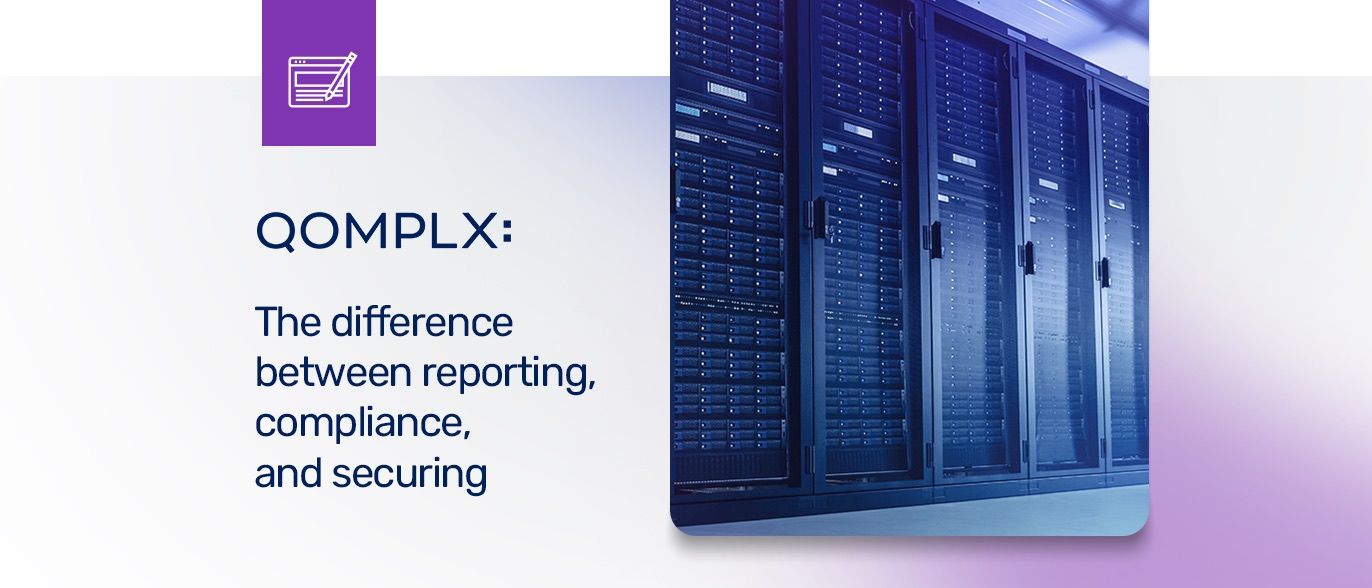Active Directory (AD) is a critical component of most organizations' infrastructure, as it serves as the central repository for user authentication and authorization. As such, it is a prime target for attackers looking to gain unauthorized access to sensitive information or to launch further attacks within the network. In this blog, we will discuss the entry point of an attack, privilege escalation attacks on Active Directory and how to prevent AD privilege escalation.
Entry point of an attack
The entry point of an attack is the initial point of contact between the attacker and the target system. In the case of Active Directory, there are several common entry points:
- Unsecured remote access protocols such as Remote Desktop Protocol (RDP) or Virtual Private Network (VPN)
- Unpatched software vulnerabilities, such as those found in Internet Information Services (IIS) or the operating system
- Phishing or social engineering attacks that trick users into revealing their login credentials
- Weak passwords or unsecured user accounts
Privilege escalation attack
Once an attacker has gained initial access to the network, their next goal is often to escalate their privileges, or increase their level of access to sensitive information and systems. This can be accomplished in several ways:
- Exploiting software vulnerabilities to gain administrative rights
- Abusing administrator credentials obtained through social engineering or phishing attacks
- Utilizing misconfigured or poorly secured systems, such as shared accounts with high-level privileges
- Lateral movement using password attacks or credential theft
- AD privilege escalation through attacks or credential abuse
Preventing attacks
To prevent entry point and privilege escalation attacks on Active Directory, it is important to implement a multi-layered security approach that includes the following measures:
- Implement strong passwords policies and enforce regular password changes
- Patch software vulnerabilities promptly and keep systems up-to-date
- Conduct regular security assessments and penetration testing to identify potential vulnerabilities
- Educate users on the dangers of phishing and social engineering attacks
- Implement network segmentation to limit the scope of potential damage in the event of an attack
- Regularly monitor logs and network traffic for unusual activity.
Conclusion
A successful attack on Active Directory can have far-reaching consequences, including data theft, unauthorized access to sensitive information, and disruption to business operations. By understanding the entry point of an attack and the methods used for privilege escalation, organizations can take proactive measures to prevent these types of attacks and protect their critical systems and data.
See the QOMPLX privilege assurance data sheet to learn more about protecting your Active Directory and cloud credentials.





